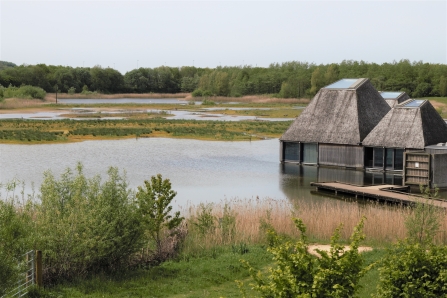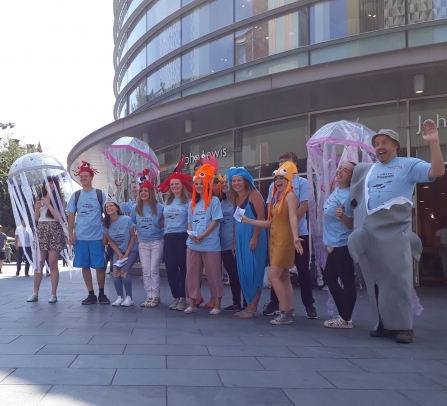New insect species recorded at Brockholes
This year, three new bee species were recorded at Brockholes nature reserve:
- Gwynne’s mining bee (Andrena bicolor)
- Common yellow-face bee (Hylaeus communis)
- Wilke’s mining bee (Andrena wilkella)
This took the total number of bee species seen on the reserve to 53, but this wasn’t the only cause for celebration. Seven new hoverflies were also spotted by eagle-eyed visitors, taking our hoverfly species-count to 75. Plus, the gorgeous green hairstreak butterfly was recorded on-site for the first time ever!


